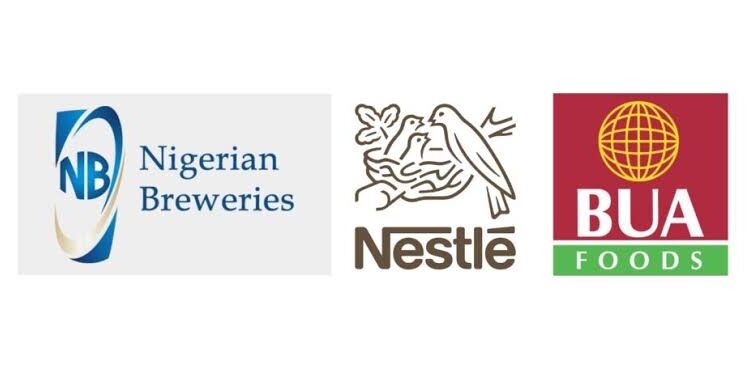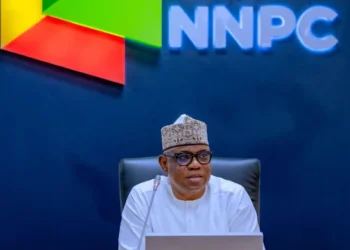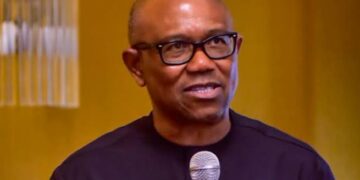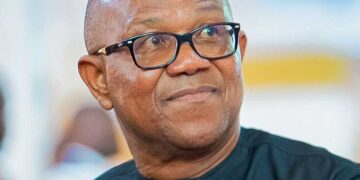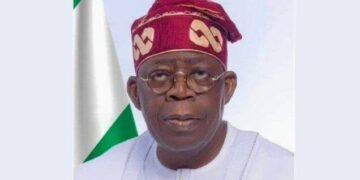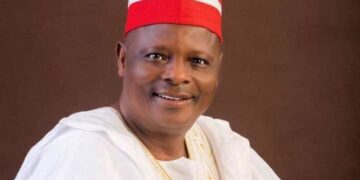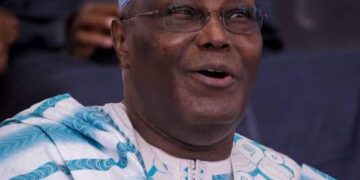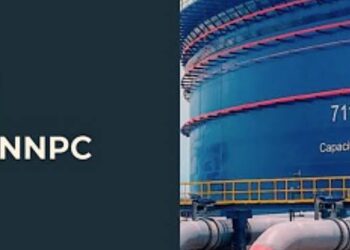Some of Nigeria’s leading manufacturing companies have cut their losses in the second quarter of 2024, mainly due to lower financing costs (including foreign exchange costs) and other measures to maintain profitability.
The reprieve comes after federal reforms enacted last year adversely affected the operations of many companies, especially in the manufacturing value chain, and also created uncertainty in the country’s macroeconomic environment.
An analysis of the latest financial reports of 12 listed consumer goods companies shows that International Breweries Ltd, Cadbury Nigeria Ltd, Nigerian Breweries Ltd, Nestle Nigeria Ltd, and Dangote Sugar Refinery Ltd posted combined losses of N331.4 billion in the second quarter of 2024, down from N222.5 billion in the previous quarter. However, year-on-year losses increased from N212.9 billion.
Champion Breweries Plc posted a loss in the first quarter (Q1) but made a profit of 44 million naira in the second quarter (Q2). BUA Foods Plc, Lafarge Africa, and Nascon Allied Industries Plc reported a combined profit of N102.9 billion, up from N62.2 billion.

However, Unilever Nigeria Ltd, Dangote Cement Ltd, and BUA Cement Ltd saw their combined profits fall to N17.5 billion, down from N134 billion.
Further analysis of the statements revealed that the combined second-quarter sales of the 12 manufacturers was N2.48 trillion, 13.2% higher than the N2.19 trillion recorded in the first quarter.
“We are already seeing some form of policy reforms that are yielding results, and one of them is the seeming stability in the foreign exchange rate. For two months now, it has not just been stable but has also come down,” said Femi Egbesola, national president of the Association of Small Business Owners of Nigeria (ASBON), whose members are mostly from the manufacturing sector.
He said that in the first quarter, it was difficult to get foreign currency from general banks, but now it is more or less available from general banks, which has helped control the rate. “When you are able to control prices, then you can make more profit.”
Egbesola noted that foreign investors are returning because the economy is somewhat stable, and manufacturers are receiving funds from foreign investors as well as banks, which has brought some stability to their business plans.
“The government has also given a lot of tax incentives, especially for manufacturers, and also the removal of some levies has boosted their stability in the economy. The intervention fund that the government promised, some tranches of it have also increased the liquidity of some of the manufacturers.”
According to Asbon, some manufacturers have closed some of their unprofitable production facilities and are focusing on profitable production facilities.
A representative of the Association of Nigerian Manufacturers (MAN), who wished to remain anonymous, said some companies may have scaled down their operations by reducing the volume of their products, which automatically led to a reduction in responsibilities and obligations. “Some manufacturers would have gone to their parent companies to take up some liabilities because the FX dealt with producers who did forward payment in dollars,” he added.
In the past eight years, Africa’s most populous country has fallen into two recessions due to the collapse of crude oil prices, the disruption caused by the COVID-19 pandemic, and the government’s inability to reform the economy.
President Bola Tinubu, who took office in May 2023, implemented bold reforms, including removing gasoline subsidies and devaluing the naira, to raise revenue for the benefit of the people.
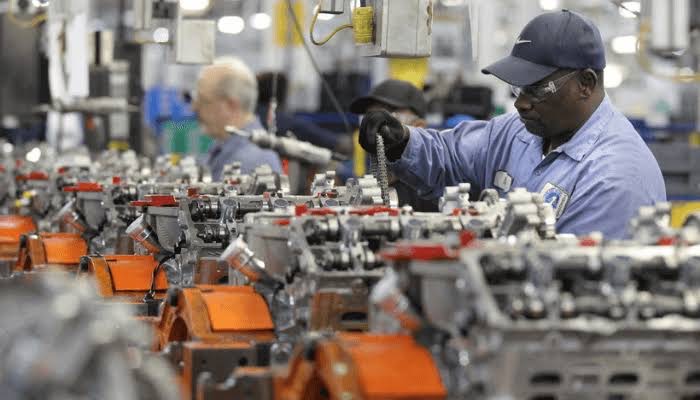
However, the reforms have raised inflationary pressures to record levels, reducing consumers’ purchasing power while businesses struggle with rising operating costs. According to the National Bureau of Statistics (NBS), the country’s inflation rate rose to 28.92% in December 2023 from 22.41% in May last year. The devaluation of the naira and rising interest rates have increased financing costs for manufacturers, especially multinational companies whose main costs are denominated in foreign currencies.
Financing costs, also known as financing costs, are the expenses, interest rates, and other fees associated with borrowing funds to build or purchase assets.
Financing costs for about 11 manufacturers in the second quarter fell to 496.8 billion naira from 549.9 billion naira in the first quarter.
Since February 2024, inflationary pressures in Nigeria have slowed but rose to 34.19% in June.
“There was this massive increase in the FX rate but in the second quarter, it fell. And the extent of the crash is why the government is saying inflation will slow down before the end of the year because the massive rise has already taken place,” said Gabriel Idahosa, president of the Lagos Chamber of Commerce and Industry (LCCI).
“The fundamentals have not significantly changed but by the third quarter, things might change. So, we are hoping that it will change in the third quarter,” he added.
Since the start of the year, the Central Bank of Nigeria (CBN) has stepped up efforts to combat the country’s inflation rate, which is at an all-time high, by increasing the country’s key interest rate, known as the Key Policy Rate (MPR).
Last July, the CBN raised the key rate by 50 basis points for the third consecutive day to 26.75%. This brings the total increase since February to 800 basis points.
Apart from the MPR increase, the liberalization of the foreign exchange regime has caused the naira to depreciate from 463.38 naira/dollar to 1,570.9 naira/dollar as of August 13, 2024. The naira is trading at about 1,610/dollar in the parallel market, up from 762/dollar before the exchange reform.
Uchenna Uzo, Professor of marketing and faculty director at Lagos Business School, said, “There is a little bit more certainty about what the exchange rate situation is and that has made scenario planning easier for some organizations.”
He added that manufacturers are now looking more specifically at sourcing raw materials locally to see how they can reduce costs, and that an improvement in the inflationary situation this year is likely to allow for further growth.


